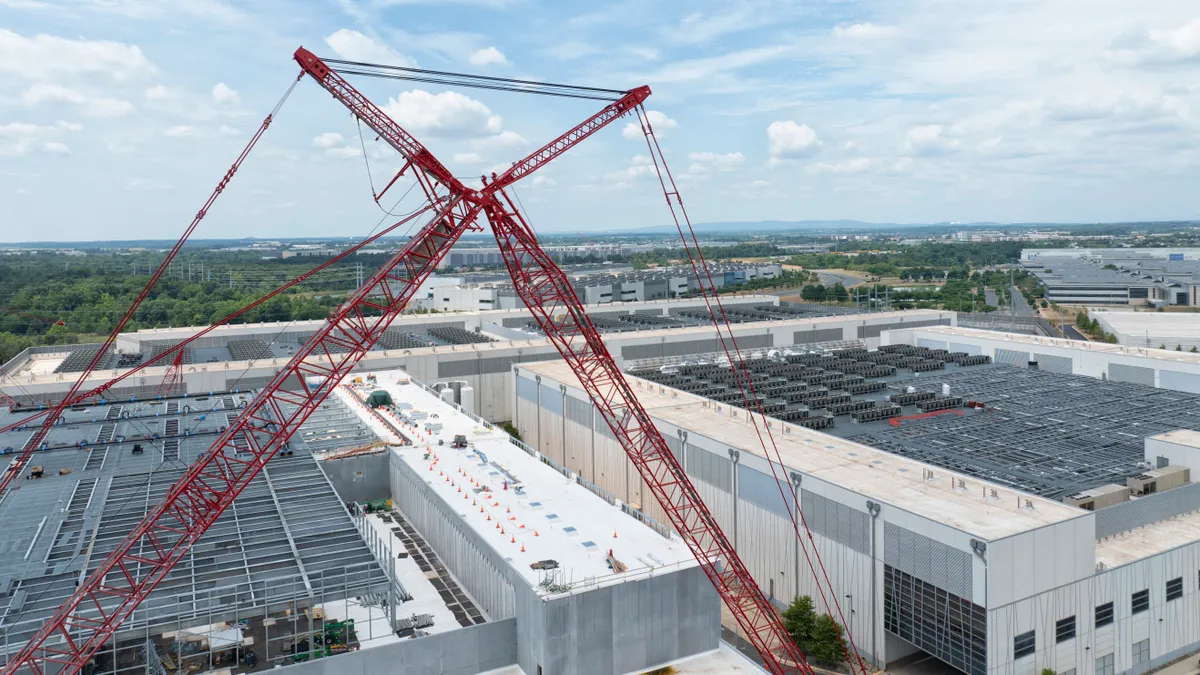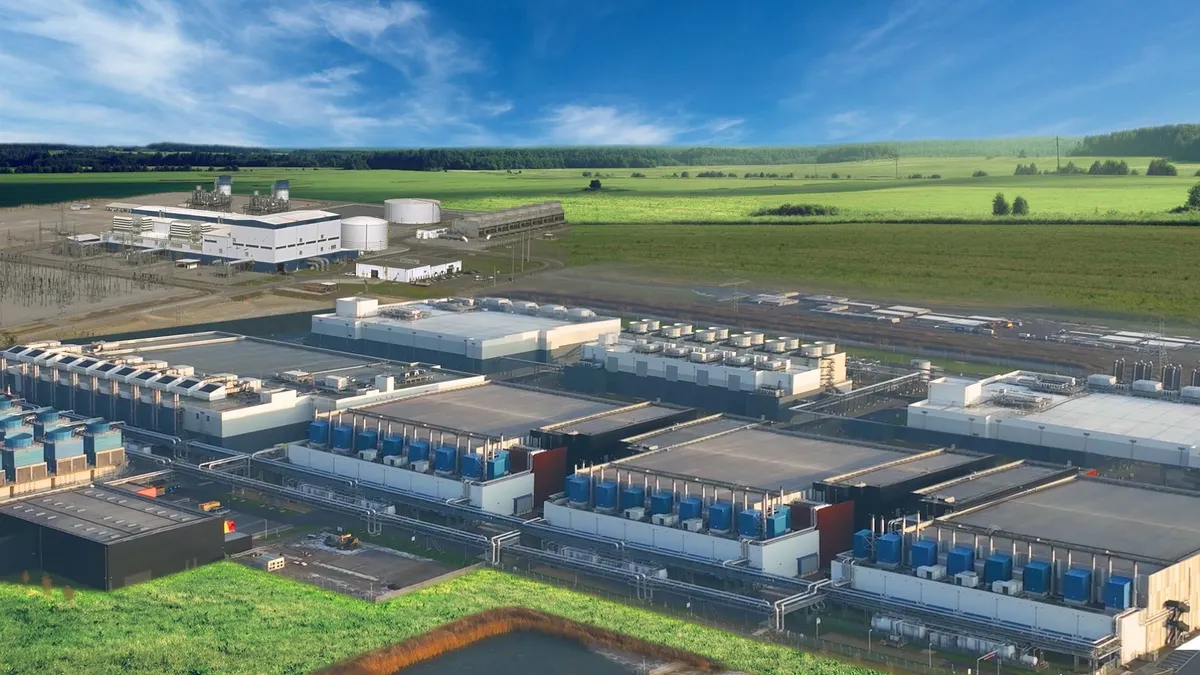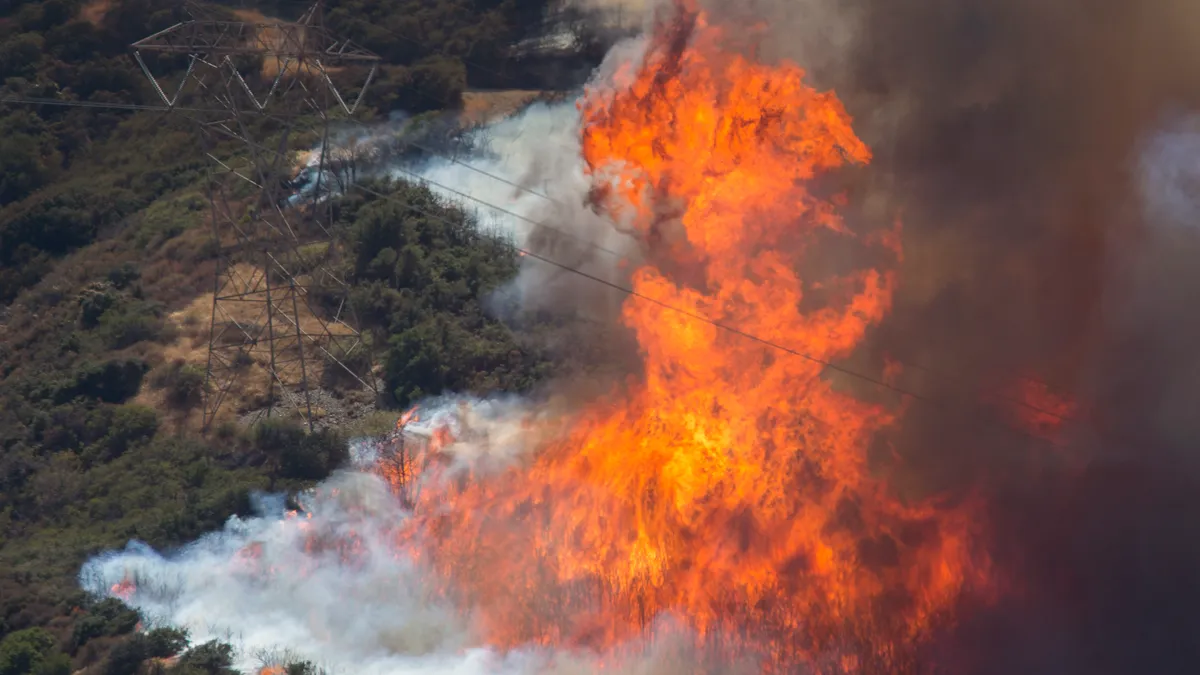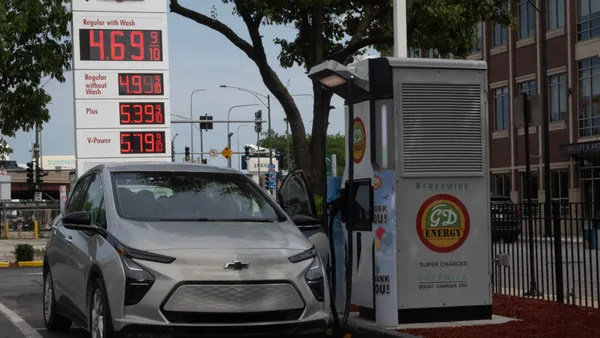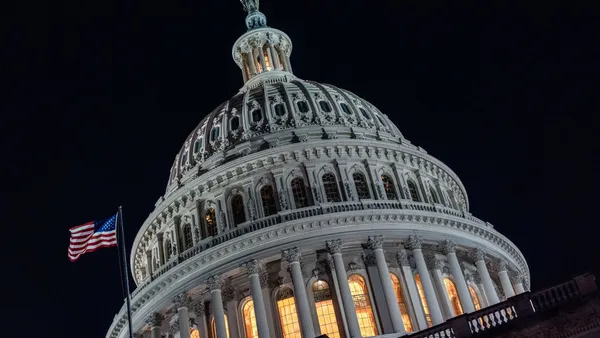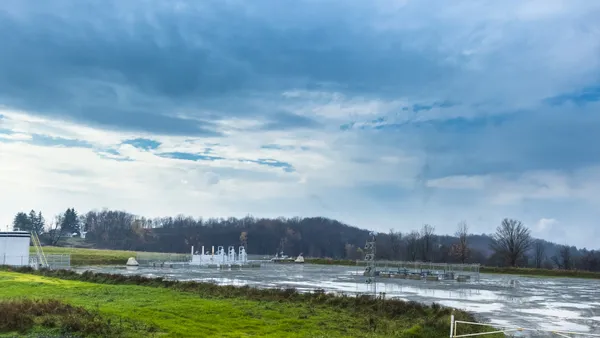Dive Brief:
- The existing U.S. grid can handle significant new loads, such as data centers, factories and electric vehicles, as long as they can be curtailed when the electric system is stressed, according to a report released Tuesday by the Nicholas Institute for Energy, Environment & Sustainability at Duke University.
- The largest 22 U.S. balancing authority areas, which account for 95% of U.S. load, could accommodate 76 GW to 126 GW of new loads if they could be curtailed for 0.25% to 1% of their maximum uptime, respectively, Nicholas Institute researchers said in the report, Rethinking Load Growth: Assessing the Potential for Integration of Large Flexible Loads in US Power Systems.
- The report shows that load flexibility — potentially through virtual power plants — can enable data centers, heat pumps and other new loads on the system, according to Costa Samaras, director of the Scott Institute for Energy Innovation at Carnegie Mellon University. “It’s probably a lot easier to do that than wish we’re going to get lots of new generation online quickly,” Samaras said. “Flexibility gives breathing room on the existing system.”
Dive Insight:
U.S. electricity demand forecasts are growing, driven by data centers, manufacturing and electrification of homes and vehicles. But it takes years to plan and build power plants and transmission lines, posing a potential barrier to the new loads.
However, the Nicholas Institute report finds that the U.S. grid has headroom to handle significant amounts of near-term flexible load. The researchers found that the balancing authorities with the largest potential load integration capacity at 0.5% annual curtailment are the PJM Interconnection at 18 GW, the Midcontinent Independent System Operator at 15 GW, the Electric Reliability Council of Texas at 10 GW, the Southwest Power Pool at 10 GW and Southern Co. at 8 GW.
“Flexible load strategies can help tap existing headroom to more quickly integrate new loads, reduce the cost of capacity expansion, and enable greater focus on the highest-value investments in the electric power system,” the researchers said.
The results also underscore the potential for using flexible load as a complement to supply-side investments, “enabling growth while mitigating the need for large expenditures on new capacity,” the researchers said.
Growing demand for grid access by new large loads has sharply increased interconnection wait times, with some utilities reporting delays of up to seven to 10 years, the researchers said.
ERCOT and Pacific Gas & Electric have responded with flexible load interconnection options, according to the report. PG&E, for example, introduced its Flex Connect pilot program, which allows interconnection for loads that are willing to be curtailed during certain peak periods.
Data centers typically have not participated in demand response programs, but that may change because of various factors, including changes in computational load profiles, operational capabilities and broader market conditions, according to the report. AI-focused data centers are able to shift their computational loads to different times and locations, the researchers said.
In October, the Electric Power Research Institute launched the DCFlex Initiative, which aims to show how flexible data center operations can support the grid, the report noted.
For the areas studied, the researchers found that load curtailment would occur for 85 hours a year under the 0.25% curtailment rate, 177 hours under the 0.5% curtailment rate and 366 hours under the 1% curtailment rate. On average, for 88% of the curtailment time, half the new load would continue running, according to the report.
The researchers didn’t consider transmission constraints in their study, which could limit available headroom on the grid, according to the report. They also based their calculations on peak demand levels and didn’t consider reserve margin capacity, a factor that could increase potential headroom.
State utility commissions should use the report to explore with utilities and stakeholders whether their grids could handle new loads and what policies should be pursued to support flexible loads, according to Samaras.
Encouraging flexible resources could help avoid capital investments that increase electricity rates and emissions from new plants, he said.



